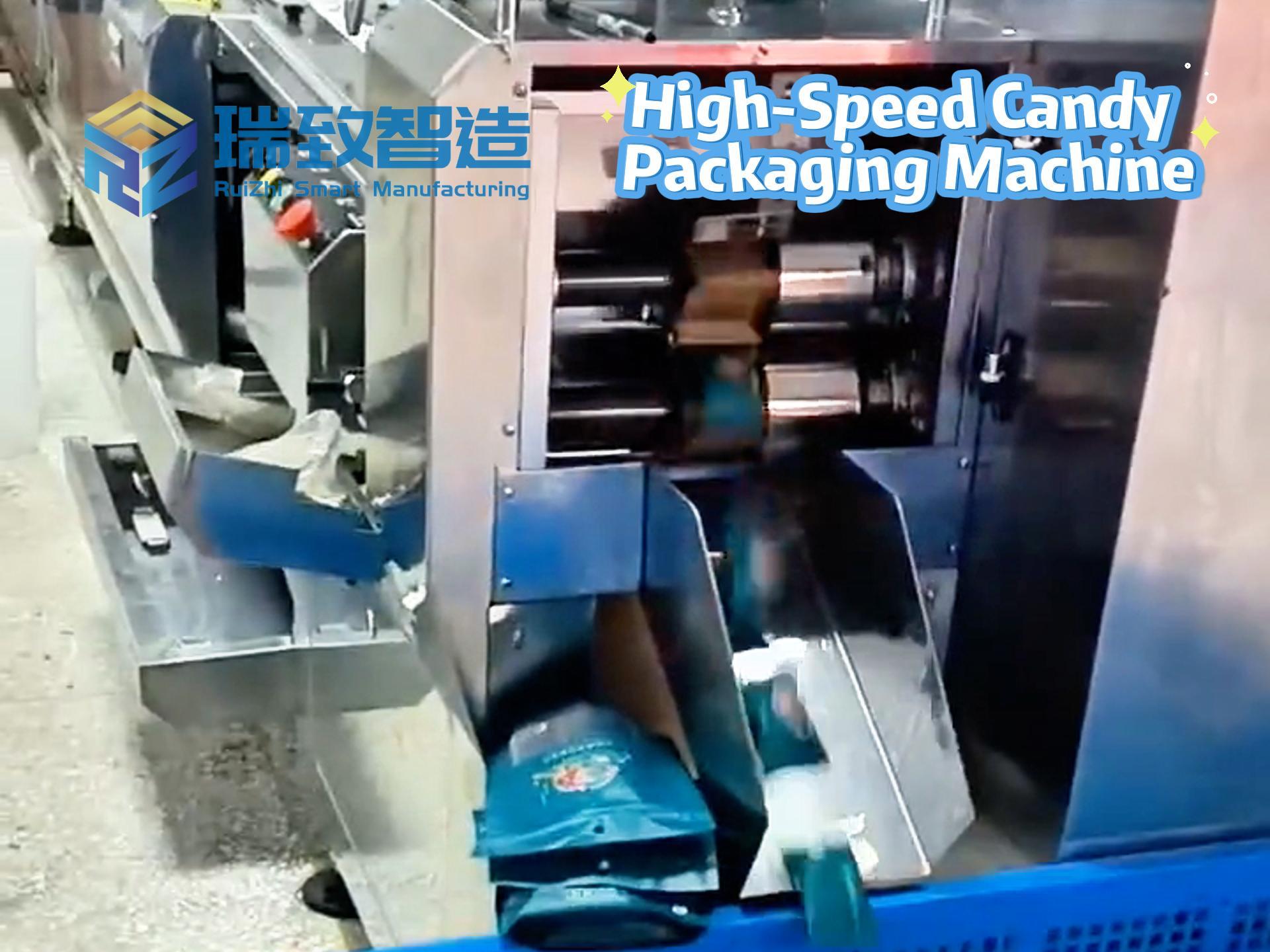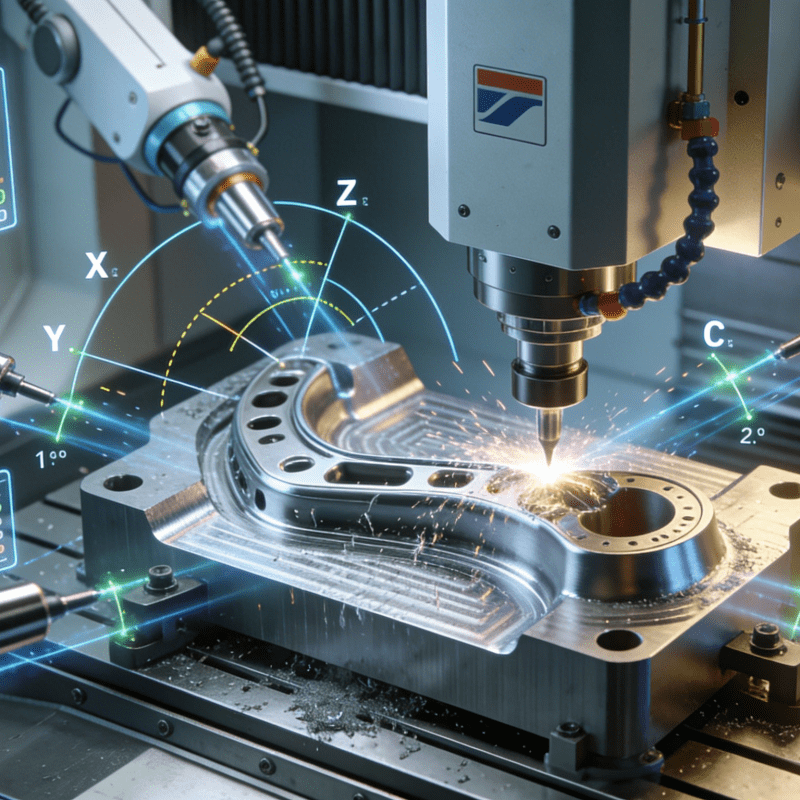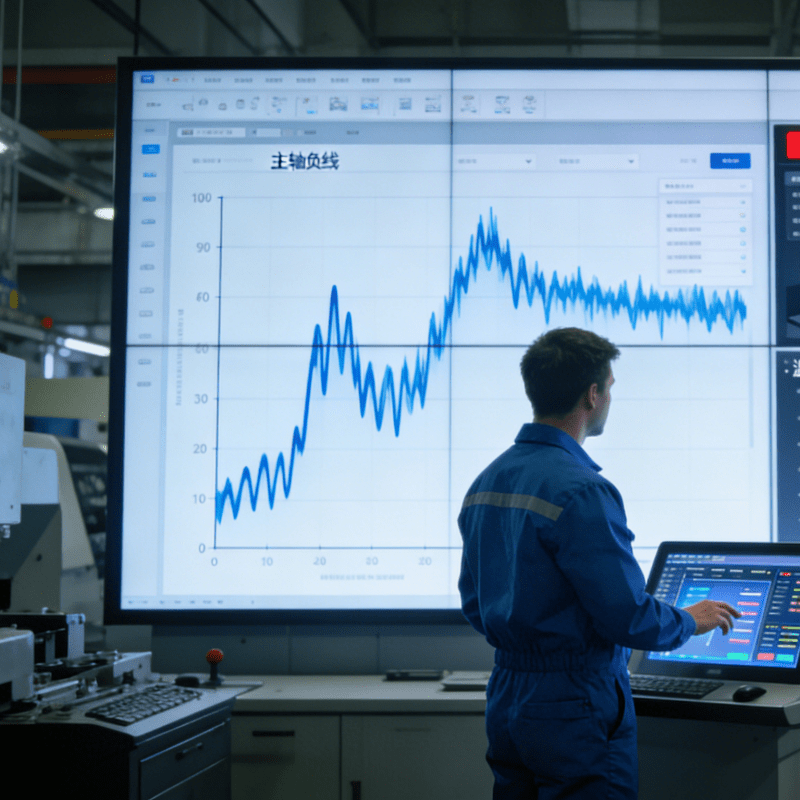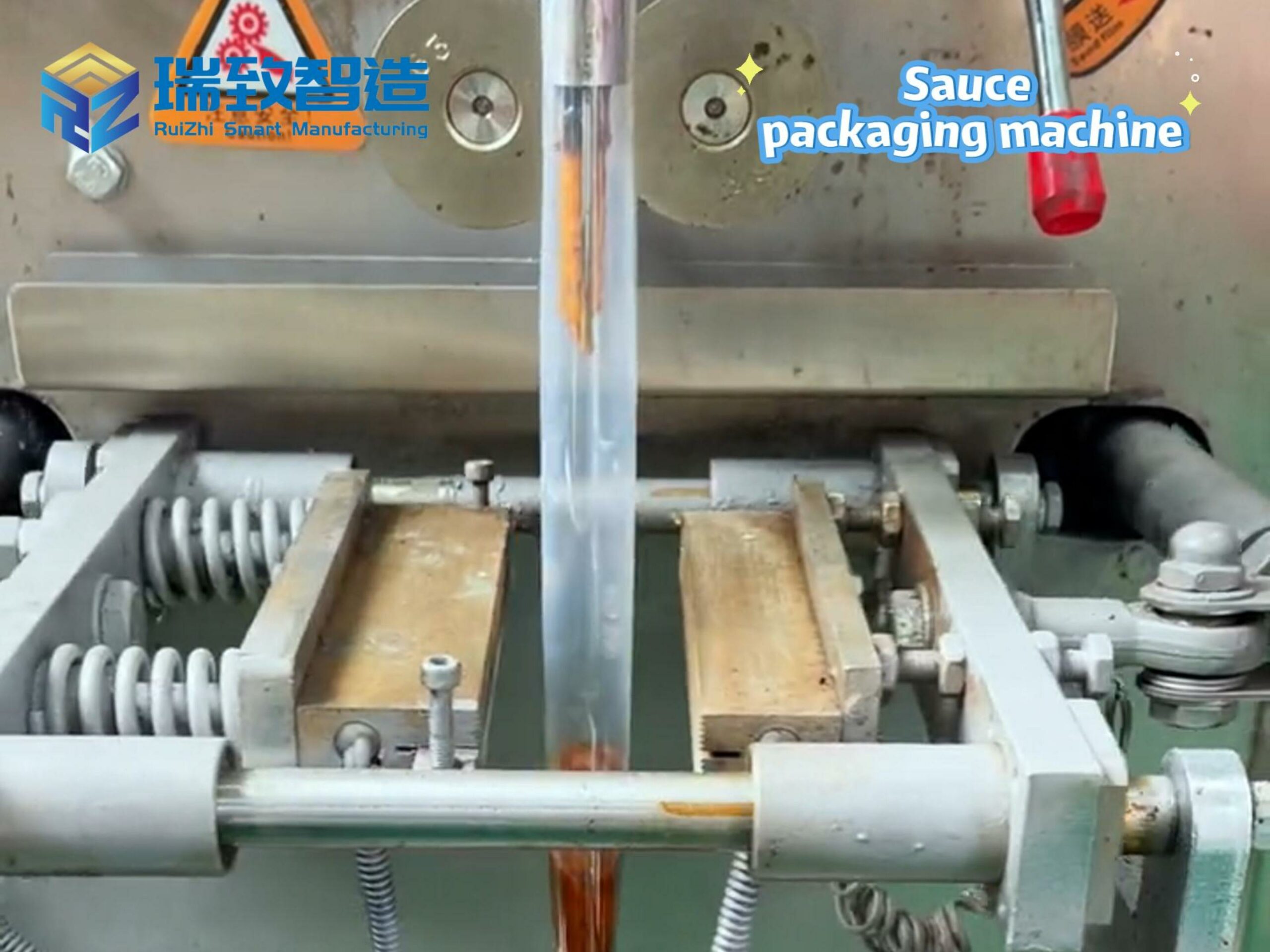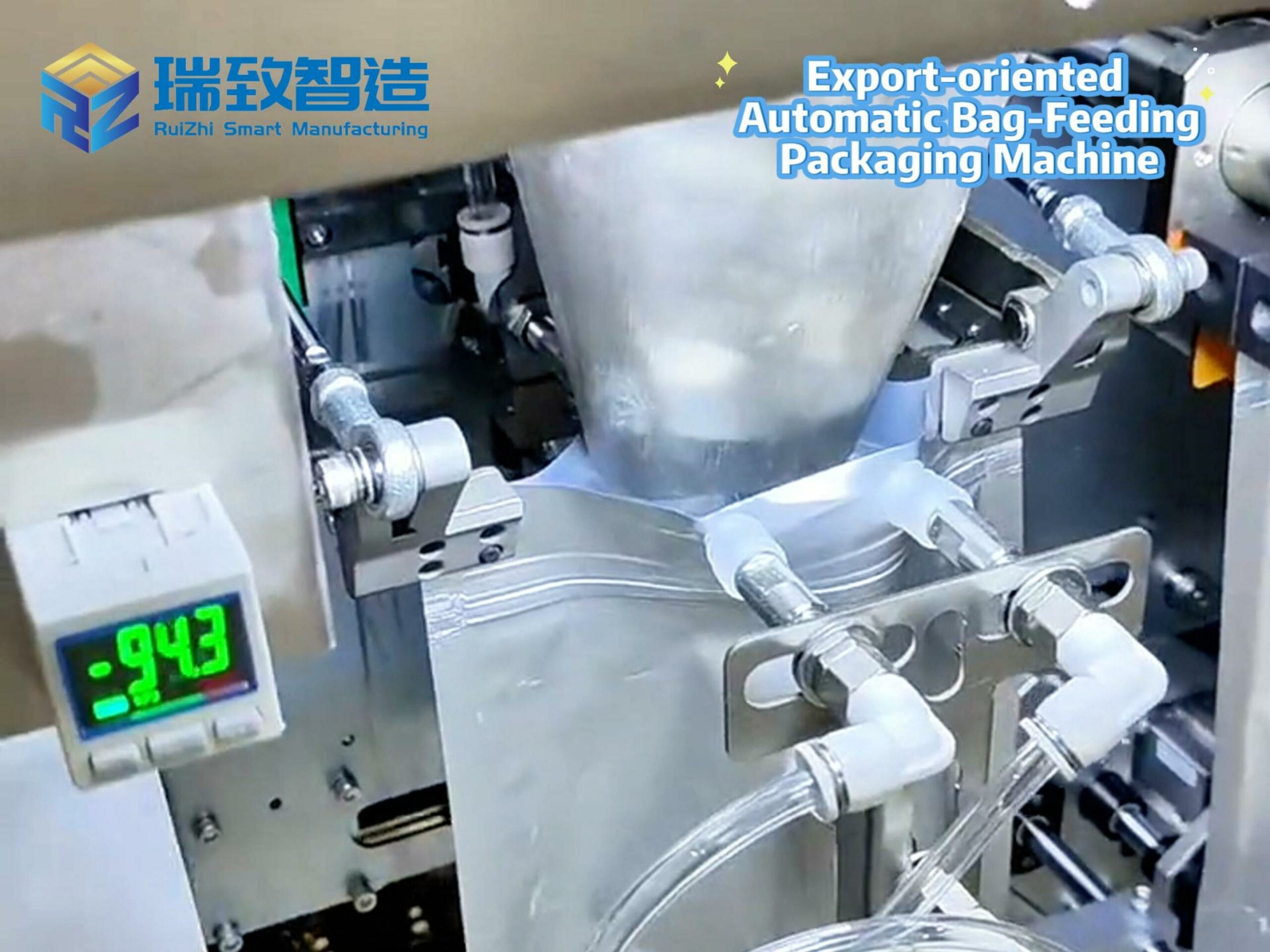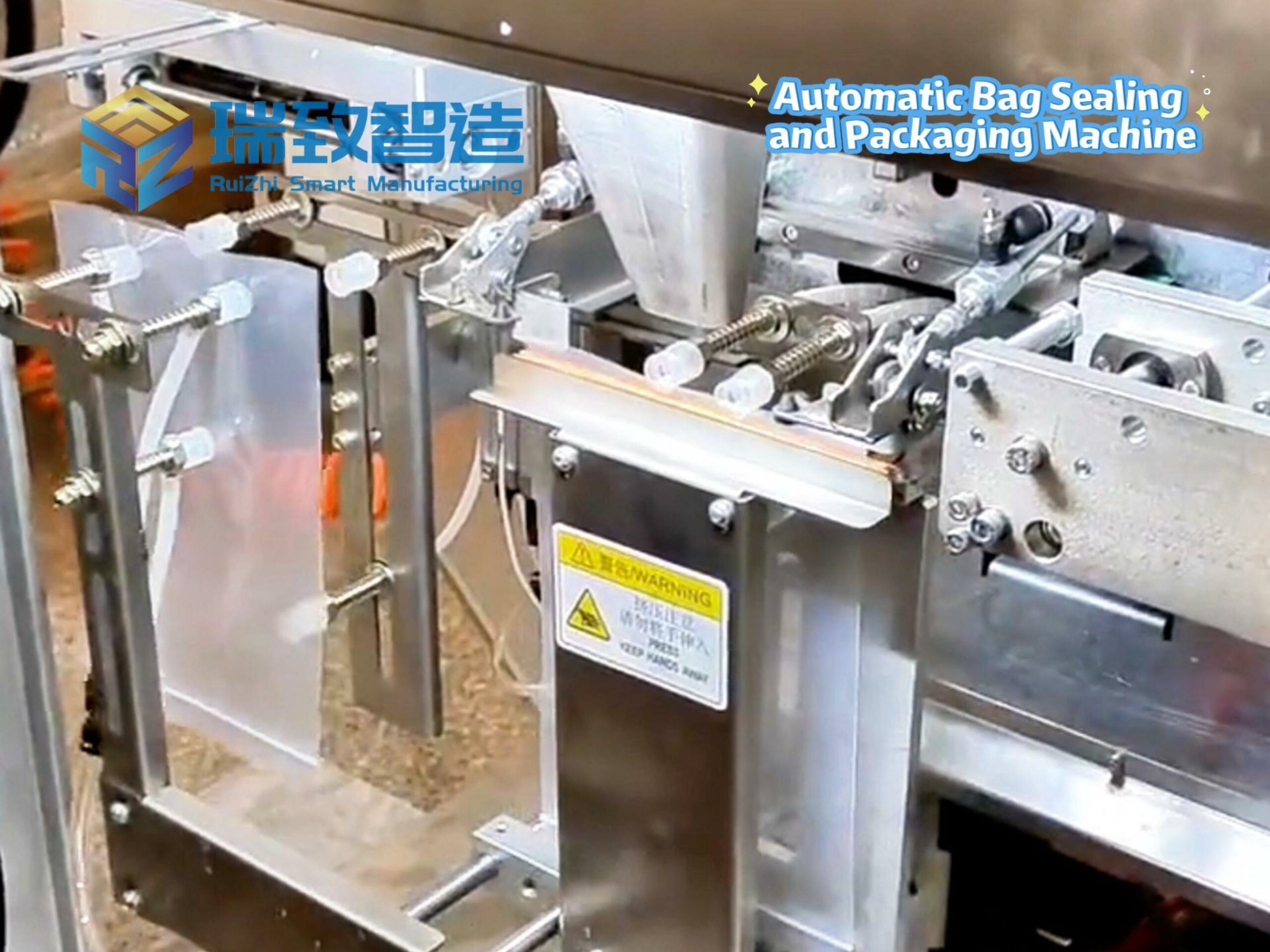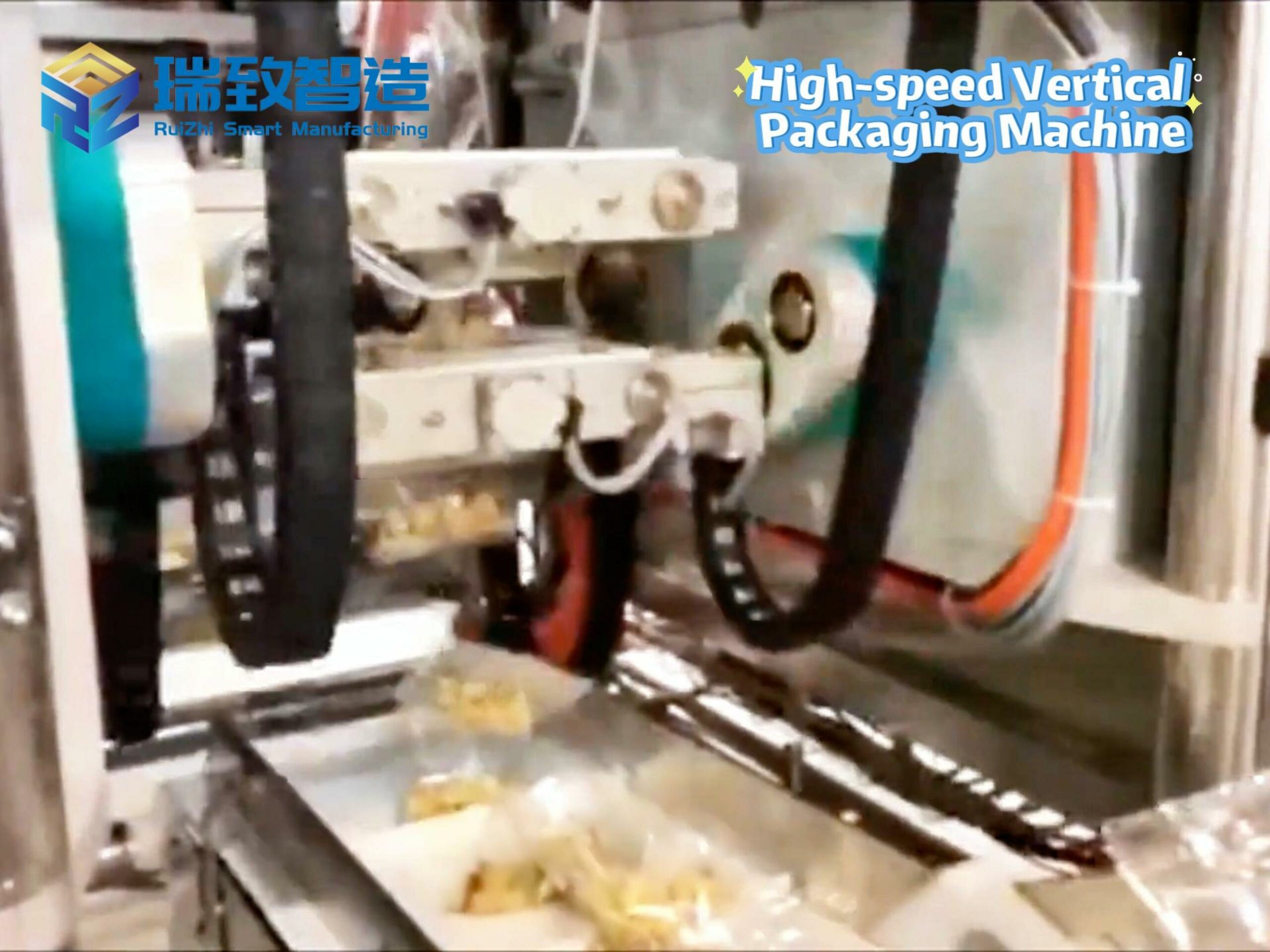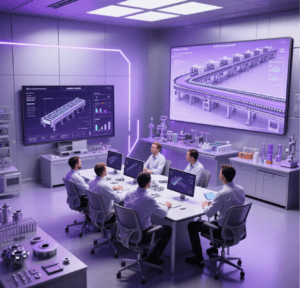
How can digitalization make automobile parts manufacturing plants smarter and more efficient? Stepping into the Shanghai Intelligent Factory of United Automotive Electronics Co., Ltd. (UAES), the “lights-out production line” for key new energy vehicle electronic control components operates efficiently. Precision machining processes are intelligently completed by robots, while driverless AGV carts navigate through the facility, handling materials, loading and unloading, and cooperating seamlessly with on-site staff.
A set of data is even more intuitive: direct labor productivity increased by 21%, production and operation indirect staff efficiency rose by 28%, overall equipment efficiency (OEE) improved by 15%, design and engineering costs decreased by 21%, scrap rate reduced by 4%, inventory holding costs dropped by 19%, and quality costs optimized by 9%.
UAES is an “invisible champion” in China’s automotive electronics industry. The Shanghai factory was built and put into operation in 1997. Over the years, its gasoline engine management systems and transmission control systems have maintained a leading position in the market. With the surge in automotive electrification and intelligentization, UAES 敏锐 ly seized opportunities, laying out business segments such as advanced connected vehicles and electric drive systems. Along with this transformation, the Shanghai factory has fully committed to digitalization, achieving a 95% automation rate, 98% numerical control rate, and 100% coverage of the Manufacturing Execution System (MES). In 2022, UAES was listed among Shanghai’s 100 intelligent factories.
Reporters learned that Shanghai will fully implement the “Intelligent Factory Leadership Initiative,” aiming to build 200 new intelligent factories and 20 benchmark intelligent factories by the end of 2025. Among them, the automotive industry, as one of Shanghai’s six key industries, coupled with the rapid development of new energy vehicles, will see the number of intelligent factories in the automotive sector double from the previous 22 to more than 40 by 2025.
AI Unlocks Data Value to Break Through Manufacturing Bottlenecks
“An intelligent factory not only requires cutting-edge production technologies but, more importantly, excavates data value, connects various production links and specific scenarios, breaks through manufacturing bottlenecks, and solves practical problems,” said Xu Hai, Director of UAES Shanghai Factory.
Different from the structure of traditional automobile engines and transmissions, inside new energy vehicle controllers, a circuit board the size of an A4 paper is covered with over 100 types and more than 1,000 electronic components of various sizes. Its entire process of mounting, welding, and testing is concentrated on a 20-30 meter production line, and products with “inspection reports” can be obtained in just over 20 minutes. Thanks to UAES’s independently developed “multi-layer circuit board mounting intelligent inspection” model, AI technology replaces manual visual inspection that relies on experience, significantly improving accuracy and production efficiency.
“In the past, the inspection process combined optical inspection equipment with manual re-inspection. Traditional automatic optical inspection capabilities have hit a bottleneck, and manual re-inspection required a large number of professionals. Even so, the misjudgment rate remained high,” Xu Hai told reporters. To address such pain points in actual production, the factory and AI laboratories collaborated to independently develop an AI-based defect detection solution. It detects massive faults composed of over 200 types of electronic components and various combinations of failure modes, and continuously self-learns and optimizes through a large amount of practical data. Currently, the accuracy rate of AI intelligent inspection reaches 99% with zero escape rate, improving labor productivity by approximately 90%, and it is feasible for replication and large-scale promotion.
Notably, UAES further unlocks data value through full-process data sharing during independent research and development.
Realizing Dynamic Expansion of Production Lines with the “Process Island” Concept
As competition in new energy vehicles enters the second half, increasingly intense intelligent connected technologies have accelerated automakers’ research and development, while the pressure has also been transmitted to behind-the-scenes parts manufacturers. “Increased product uncertainty, continuously shortened life cycles, and extreme cost sensitivity mean that more flexible production lines are needed to achieve intelligent production such as mixed-variety production and seamless model changeover for new energy vehicles,” Xu Hai explained. Currently, the recyclable ratio of the factory’s flexible production lines reaches 78%, enabling seamless transition to the next generation.
High quality, high flexibility, and low cost are known as the “impossible triangle” in manufacturing. Within the factory, different models of electronic control units and electronic modules roll off the production line every day. Behind the mixed-variety production and seamless model changeover is UAES’s innovatively built dynamic intelligent manufacturing system, the first in the industry to realize mass production with independent intellectual property rights.
“This system adopts the ‘process island’ concept, innovatively integrating technologies such as the Internet of Things, AGV, and intelligent scheduling to achieve dynamic expansion of production lines,” Xu Hai introduced. The dynamic intelligent manufacturing system divides the production line into three functional areas: automatic assembly, processing, and carrier replacement. AGV carts transport and connect them on demand, replacing the conveyor belts of traditional production lines. Behind the system is also a “smart brain”—the Intelligent Control System (ICS), which is responsible for overall management and scheduling of production resources, dynamic optimization, and ultimately completing the entire processing flow.
Over 60 Digital Applications to Comprehensively Enhance Productivity
“‘Wanting both this and that and more’ has become the norm for automakers, making parts factories turn the impossible into possible,” said Xu Hai, who has long been engaged in automobile manufacturing and has a profound understanding of the intensity in new energy vehicles. “Specifically in factory operations, it requires our production lines to be compatible with more product models, shorten investment cycles, and diversify staff skills.”
In Xu Hai’s view, the transformation process is both painful and full of huge opportunities. Links such as technology and talent are forging ahead in the wave of digitalization. Currently, the Shanghai factory has developed over 60 digital and intelligent applications, effectively driving comprehensive improvements in product value and various comprehensive indicators.
Digital twin is one of them. Based on an industrial internet platform, the Shanghai factory is building a digital twin of the factory layer by layer from four levels: park, workshop, production line, and equipment. The “virtual-real mapping” will also extend from the manufacturing link to the entire product life cycle. In the future, new product development, production management, quality control, risk early warning, and other links can be simulated in the virtual world to improve efficiency and reduce costs.
Product services are also moving toward digitalization. UAES continues to increase investment in automotive software and services, launching the “U Journey·World” automotive service brand, which covers data applications and data value mining throughout the vehicle life cycle, forming data service products from product design and development, vehicle testing, mass production to after-sales.

